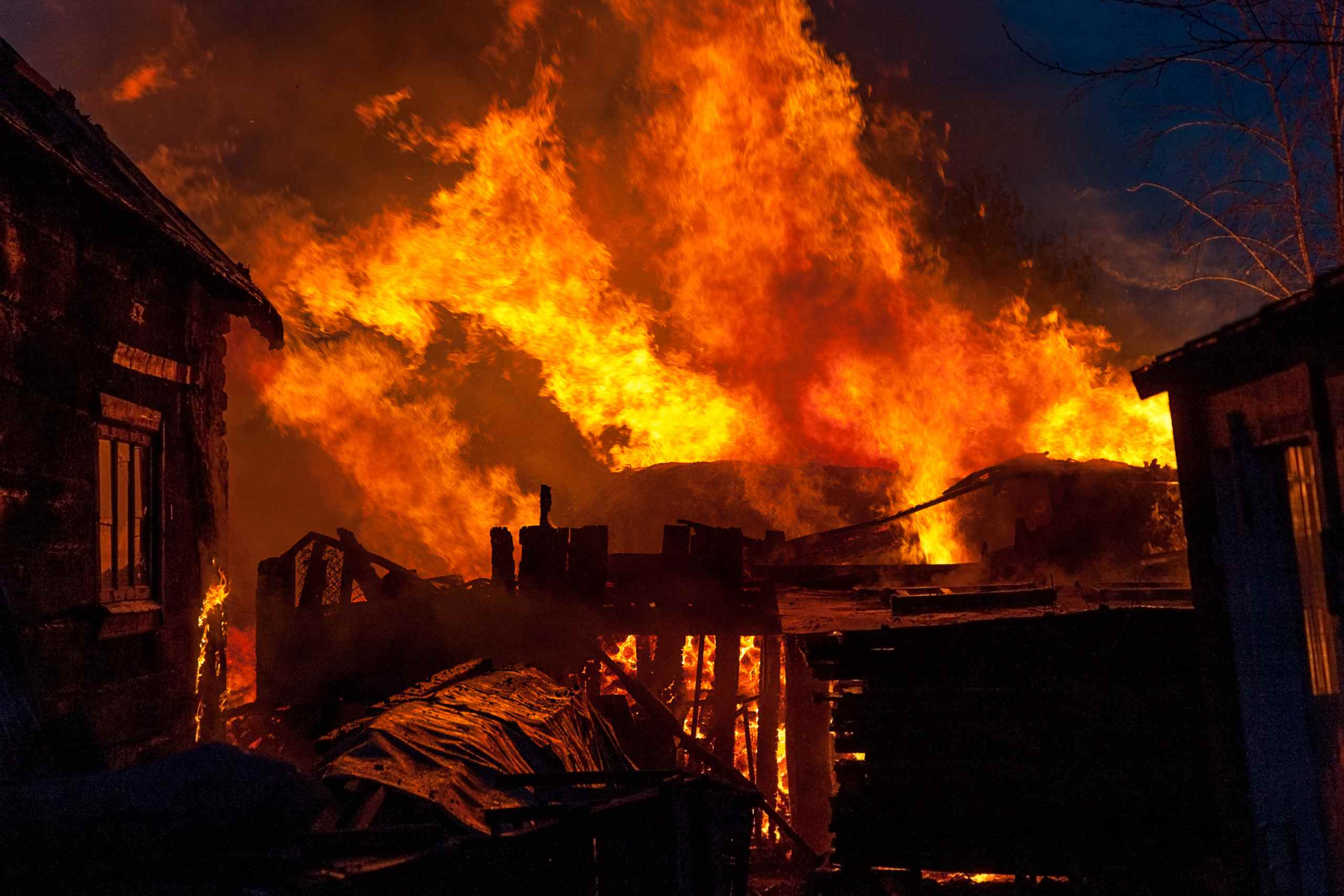Danger in the Ducts: The Critical Role of Copper Cables and Bus Ducts in High-Rise Building Safety
The recent fire at Times Tower in Mumbai’s Kamala Mills highlights an urgent need for better fire-safe electrical infrastructure in high-rise buildings. The blaze, which started on a Friday morning, engulfed four floors of the 14-storey building. Fortunately, no injuries were reported, but it took over five hours of intense firefighting to extinguish the flames. This incident raises critical questions about the safety of electrical systems in high-rise structures, especially the importance of using proper materials and ensuring accurate installation practices.
A Troubling Pattern: Fires at Kamala Mills
The Times Tower fire isn’t the first incident in Kamala Mills. Despite regulations and reforms introduced after previous fires, this latest event shows that fire risks in high-rise buildings remain a constant threat. One area often overlooked is the electrical systems’ role in preventing or exacerbating fires. The Times Tower fire primarily involved the electrical wiring, panels, and installations from the 7th to the 10th floors, along with some external parts of the building.
The Risks of Electrical Ducts and Installations
Electrical fires can escalate quickly, particularly in high-rise buildings where vertical spaces like ducts and cable risers allow flames to spread rapidly. In the Times Tower incident, the fire was confined to the electrical systems, emphasising the vulnerability of such infrastructure in multi-storey buildings.
Why Copper Cables and Bus Ducts Are Crucial for Fire Safety
Copper cables and bus ducts are crucial in improving high-rise buildings’ fire safety. Known for their superior conductivity and high melting point, copper can withstand overheating, a common cause of electrical fires. Copper bus ducts—used for distributing power within buildings—are fire-resistant and offer lower electrical resistance, reducing the likelihood of sparks or overheating.
Key Advantages of Copper Cables and Bus Ducts:
- High Conductivity and Thermal Stability: Copper remains stable under high current loads, reducing the risk of overheating.
- Superior Fire Resistance: Copper cables and bus ducts have natural fire-retardant properties, making them less likely to catch fire.
- Durability and Longevity: Copper’s resistance to corrosion ensures long-term reliability, reducing the need for frequent maintenance.
- Improved Load Handling: Copper-based bus ducts efficiently manage larger electrical loads, which is critical for high-rise buildings.
- Enhanced Safety Features: Modern copper bus ducts are equipped with arc-flash protection, making them ideal for high-risk environments.
Ensuring Electrical Safety in High-Rise Buildings
Developers, contractors, and building managers must use fire-resistant materials like copper cables and bus ducts to prevent incidents like the Times Tower fire. Regular inspections, adherence to safety standards, and the enforcement of stringent regulations are necessary to ensure electrical systems remain safe. While copper-based electrical solutions may seem expensive upfront, the long-term benefits far outweigh the initial costs, safeguarding lives and assets.
Moving Forward: Lessons from the Times Tower Fire
The fire at Times Tower is a stark reminder of the dangers hidden within the electrical systems of our high-rise buildings. As cities grow taller, the need for reliable, safe, and robust electrical systems becomes even more crucial. By integrating copper cables and bus ducts into building designs, we can drastically reduce the fire risk, making our skyscrapers safer for everyone.
Safety starts with smart choices—choose copper cables and bus ducts for a safer tomorrow.


